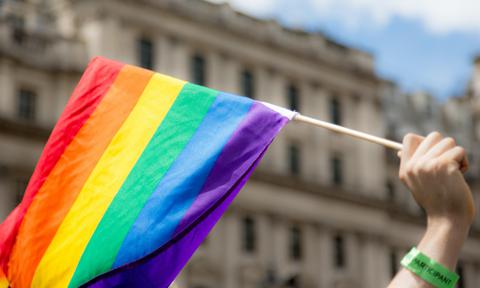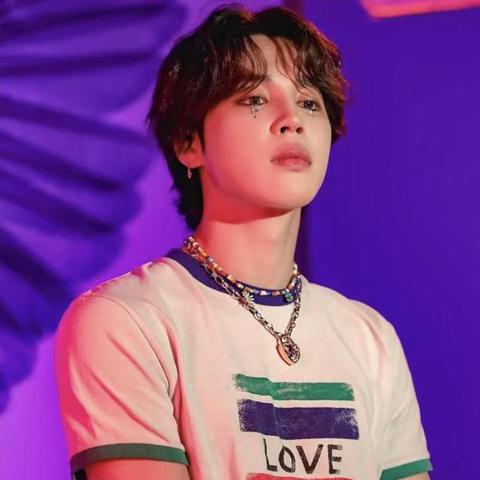
One of the reasons why many well-intentioned folks hesitate to talk about sexual orientations or gender identities in public is because they’re afraid to get something wrong and offend those around them. Statistics claim there are over 2.5 million people belonging to the LGBTQ+ community in India, at least according to a 2012 report by the Ministy of Health and Family Welfare. Over the years, activists have revealed that the numbers are largely skewed as most people are afraid of openly talking about their sexual orientations or gender identities, or do not have the resources to work through their dysphoria in the first place, thanks to our heteronormative society. They claim that the LGBTQ+ community makes up about 10% of the entire country’s population, which makes it about 135 million people at least.
Numbers aside, this is 2022 and there’s no excuse for any straight and/or cis-gendered person to be unaware of the terms and definitions many LGBTQ+ people use to identify themselves. This is by no means an exhaustive list and since sexuality and gender identity is a spectrum, many people in the community choose to define their identities with their own terms. This list is just to cover the basics because the burden of education shouldn’t fall on the other person, but on yourself.
The ABC Of LGBT
A
Ace is an umbrella term used to describe a lack of sexual attraction towards any person. It encompasses asexual people, including demisexual and grey-sexuals. Ace people who experience romantic attraction, or occasional sexual attraction, might use terms like gay, lesbian, bi, straight, and queer along with asexual to describe the direction of their romantic or sexual orientation.
Aromantic is a person who doesn’t experience romantic attraction. Some aro people can experience sexual attraction, while others don’t.
Ally is a (usually) straight and/or cis-gendered person who supports the LGBTQ+ community and stands up for their equal rights in society. Allies can be within the LGBTQ+ community as well.
B
Bisexual is a term used to describe a romantic and/or sexual orientation towards more than one gender. It is often times used interchangeably with pansexuality.
Biphobia is something that is more common than you would think. It’s a fear or dislike of someone who identifies as bi, based on prejudice and negative attitudes. It usually presents as a dismissal of considering bisexuality as valid or referring to it as a phase. This is not limited to straight people and is a problem within the community as well.
C
Cisgender is someone whose gender identity is the same as the one they were assigned at birth. Cis people can be gay, lesbian, bi, straight, pan, aro, ace, etc as this term only defines their gender identity and not their sexuality.
D
Deadnaming is the practice of calling someone by their birth name after they have changed their name. This is most often associated with trans people who have changed their names as a part of their transitioning process. It’s a form of transphobia, whether intentional or unintentional.
Demi (sexual or romantic) are people on the asexuality spectrum who only feel romantic and/or sexual attraction towards people with whom they have formed an emotional bond or connection.
F
Femme is a term used in the LGBTQ+ community to describe someone who presents or expresses themselves in a typically feminine way. However, you should not assume anyone’s sexuality or gender identity based on whether they present femme or not.
G
Gay is a term, usually, used for men who are attracted romantically and/or sexually to other men. However, many queer folks use it as a blanket term to refer to themselves.
Gender dysphoria is the discomfort or distress a person experiences when there’s a mismatch between the sex they’re assigned at birth and the one they truly identify with.
Genderqueer typically refers to people who reject hard notions of gender and embrace a fluidity of identity. People who identify as genderqueer may see themselves as being both male and female, neither male nor female, or fall completely outside the binary.
Gender reassignment is another way of describing a person’s transition, although this term also includes non-medical intervention. It can mean changing of pronouns, names, dressing differently, and living with their self-identified gender.
H
Heteronormativity is the cultural bias that considers heterosexuality (being straight) to be the norm, for instance when you automatically assume someone is straight when you first meet them.
I
Intersex is a term used to describe a person who may have the biological attributes of both sexes. Intersex people may identify as male, female, or nonbinary.
L
Lesbian is a term for women who feel romantically and/or sexually attracted toward women.
N
Nonbinary is an umbrella term for people whose gender identity doesn’t fit just ‘male’ or ‘female’. This is why their pronouns are usually They/Them.
P
Pan refers to a person whose romantic and/or sexual attraction towards others is not defined or limited by gender or sex.
Pronouns are something that a lot of people take for granted but are very important in the expression of identity of any genderqueer person. These are the words that are used to refer to people’s gender in conversations and you must learn to listen or adhere to people’s preferred pronouns in order to be fully inclusive.
Q
Queer was originally a slur against the LGBTQ+ community but was reclaimed to become an umbrella term for anyone who doesn’t want to prescribe to specific labels and categories of gender and sexual identities.
T
Trans is a term used to describe people whose gender is not the same as the one they were assigned at birth. The term can be used to describe both trans women and trans men. Transsexuals is a term that means the same but is mostly used in the medical community.
Transphobia is a fear or dislike of someone based on the fact that they are trans. This includes denying their gender identity or refusing to accept it. While usually it’s overt and very easily recognised, oftentimes it presents in small ways that go unnoticed by cis-gendered people.
TERF is the acronym for ‘Trans Exclusionary Radical Feminist’. This refers to feminists who refuse to include transwomen in their fight for equal rights for all women. A most notable example of a TERF is popular author JK Rowling.





